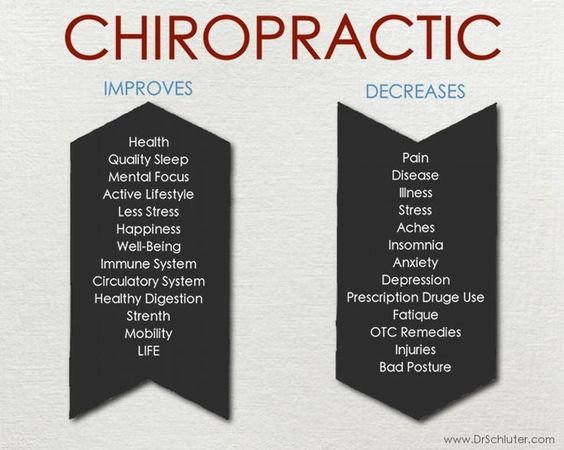The Top Daily Behavior That Contribute To Pain In The Back And How To Stay Clear Of Them
The Top Daily Behavior That Contribute To Pain In The Back And How To Stay Clear Of Them
Blog Article
Uploaded By-Love Rosales
Keeping correct position and staying clear of common mistakes in day-to-day tasks can dramatically influence your back health and wellness. From how you rest at your desk to exactly how you raise heavy objects, tiny changes can make a big distinction. Imagine a day without the nagging pain in the back that hinders your every relocation; the option could be simpler than you assume. By making a couple of tweaks to your everyday behaviors, you could be on your means to a pain-free presence.
Poor Stance and Sedentary Way Of Life
Poor position and a sedentary way of living are two major contributors to pain in the back. When you slouch or inkling over while resting or standing, you put unnecessary stress on your back muscles and spine. This can bring about muscle mass imbalances, stress, and at some point, persistent neck and back pain. Furthermore, sitting for long periods without breaks or physical activity can deteriorate your back muscular tissues and bring about tightness and pain.
To combat poor stance, make an aware initiative to rest and stand right with your shoulders back and lined up with your ears. Keep in mind to maintain your feet flat on the ground and avoid crossing your legs for extended durations.
Integrating routine extending and reinforcing exercises right into your everyday routine can additionally assist enhance your stance and alleviate pain in the back related to a sedentary way of living.
Incorrect Training Techniques
Inappropriate training methods can considerably add to back pain and injuries. When you lift heavy objects, keep in mind to flex your knees and utilize your legs to raise, instead of relying on your back muscles. Prevent turning your body while lifting and keep the things near to your body to reduce pressure on your back. It's important to keep a straight back and avoid rounding your shoulders while lifting to avoid unnecessary pressure on your back.
Always examine Suggested Webpage of the object before lifting it. If read what he said 's too hefty, request aid or use devices like a dolly or cart to transport it safely.
Remember to take breaks throughout lifting jobs to offer your back muscle mass an opportunity to rest and stop overexertion. By implementing appropriate training strategies, you can protect against pain in the back and lower the risk of injuries, guaranteeing your back stays healthy and strong for the long-term.
Lack of Normal Workout and Extending
An inactive way of life lacking normal exercise and extending can dramatically add to neck and back pain and pain. When you don't engage in exercise, your muscular tissues end up being weak and inflexible, bring about poor pose and raised strain on your back. Normal exercise helps reinforce the muscles that support your back, boosting security and lowering the threat of pain in the back. Integrating extending right into your regimen can also enhance flexibility, stopping stiffness and discomfort in your back muscular tissues.
To stay clear of back pain triggered by a lack of exercise and extending, go for at least thirty minutes of modest exercise most days of the week. Include workouts that target your core muscle mass, as a strong core can aid minimize pressure on your back.
In addition, take breaks to stretch and relocate throughout the day, particularly if you have a desk task. Basic stretches like touching your toes or doing shoulder rolls can aid ease tension and prevent back pain. Prioritizing normal exercise and extending can go a long way in preserving a healthy back and lowering discomfort.
Final thought
So, keep in mind to sit up right, lift with your legs, and remain active to avoid pain in the back. By making basic changes to your day-to-day habits, you can prevent the pain and limitations that include neck and back pain. Take care of your spinal column and muscles by practicing good stance, proper training strategies, and regular workout. Your back will thanks for it!
